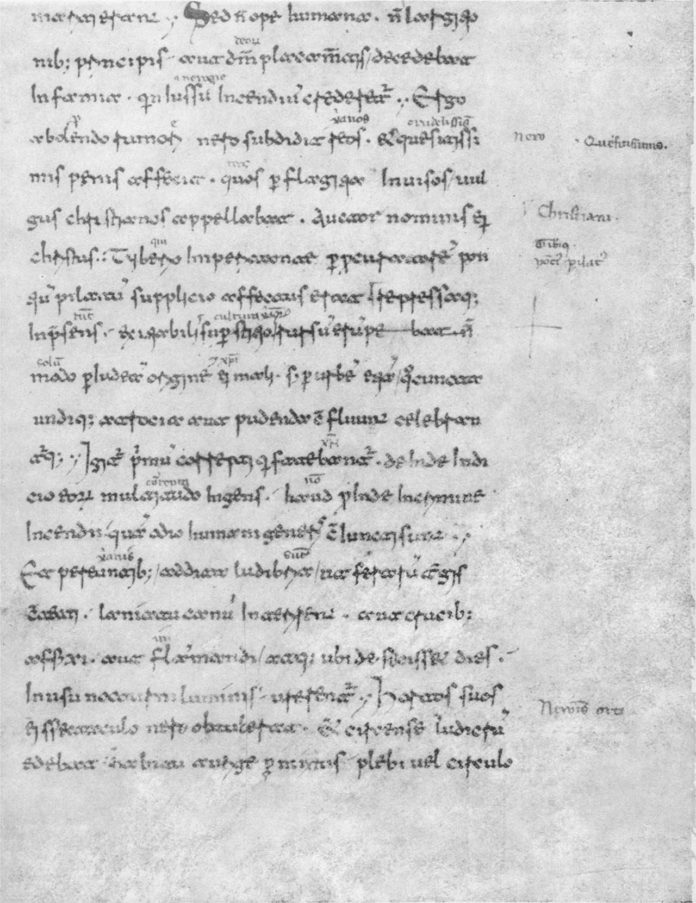Tacitus’s Annales is a history of the Roman Empire from the reign of Tiberius to that of Nero. It is an essential source for the modern understanding of the history of the Roman Empire.
Recent work analyzes the translation’s paper stock, style, and significantly the handwriting preserved in the manuscript of Tacitus’s Annales. The work found argues that a manuscript translation- completed in the late sixteenth century and preserved at Lambeth Palace Library, was done by Queen Elizabeth I.
For this work, scientists traced the manuscript’s transmission from the Elizabethan Court to the Lambeth Palace Library, via the collection of Archbishop Thomas Tenison in the seventeenth century. They found strong similarities between unique handwriting styles in the Lambeth manuscript and numerous examples of the Queen’s distinctive handwriting in her other translations, including the extreme horizontal ‘m,’ the top stroke of her ‘e,’ and the break of the stem in’d.’
Scientists identified the paper used for the Tacitus translation, which suggests a court context. The translated was copied on paper featuring watermarks with a rampant lion and the initials ‘G.B.’, with crossbow countermark, which was especially popular with the Elizabethan secretariat during the 1590s. Remarkably Elizabeth I used paper with the same watermarks both in her translation of Boethius and in personal correspondence.
Scientists found that the translation matches earlier known works of Elizabeth I. The Lambeth manuscript retains the density of Tacitus’ prose and brevity, and carefully pursues the forms of the Latin syntax at the risk of obscuring the sense in English. This style is matched by other translations by Elizabeth, which are compared and the Tacitus translation accordingly.
“The queen’s handwriting was, to put it mildly, idiosyncratic, and the same distinctive features which characterize her late hand are also to be found in the Lambeth manuscript. As the demands of governance increased, her script sped up, and as a result, some letters such as ‘m’ and ‘n’ became almost horizontal strokes, while others, including her ‘e’ and ‘d,’ broke apart. These distinctive features serve as essential diagnostics in identifying the queen’s work.”
This is the first substantial work by Elizabeth I to emerge in over a century, and it has important implications for how we understand the politics and culture of the Elizabethan court.
